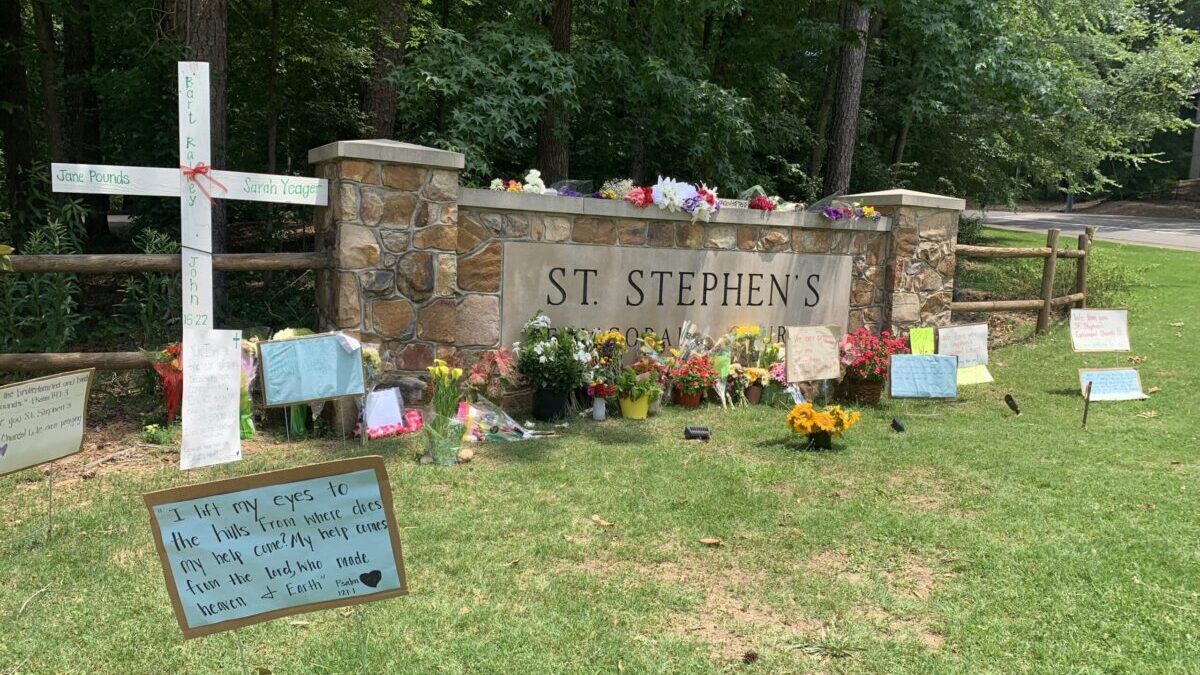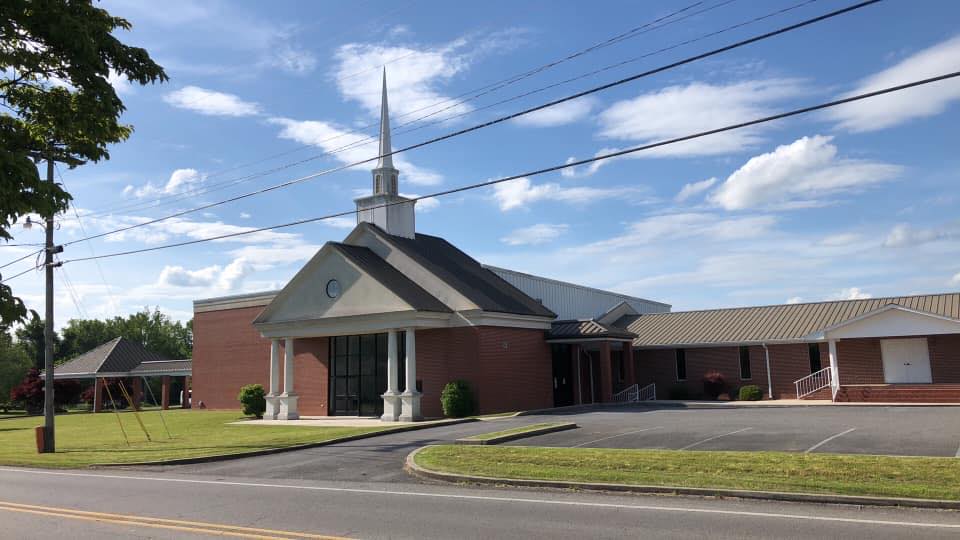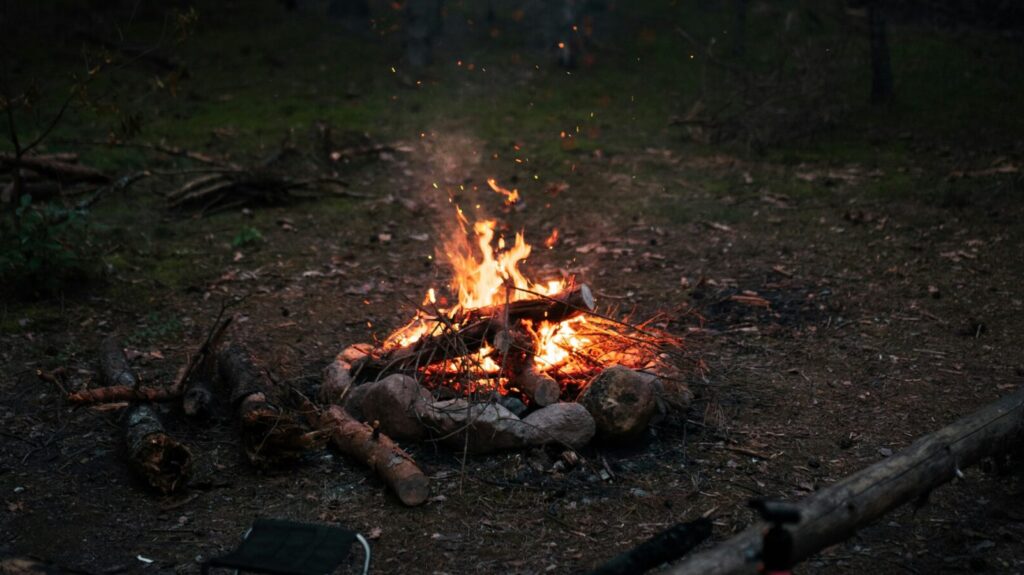As students return to campus this fall, memories of the May 24 shooting at Robb Elementary School in Uvalde, Texas, linger in the minds of families and teachers.
The attack by a lone gunman armed with a military-style rifle left 19 fourth graders and two teachers dead. Less than a month later, three senior adults were killed when a shooter opened fire at a June 16 potluck dinner at St. Stephen’s Episcopal Church in Vestavia Hills.
So far this year more than 26,000 deaths in the U.S. have been attributed to guns, according to the nonprofit Gun Violence Archive. In 2021, 45,042 people were killed in the U.S. by guns. About half of those deaths (24,090) were suicides.
The National Fraternal Order of Police reports that in 2021, 346 officers were shot in the line of duty, 63 of whom were killed.
The statistics are alarming.
Yet gun ownership is a constitutionally protected right. And just as gun violence is real, it’s also true that thousands of Americans safely and responsibly own and use guns daily for hunting, target practice and self-defense.
So the debate goes on: Is there an answer to what many describe as an epidemic of gun violence while also protecting the rights of gun owners?
Difficult issue
Our nation is deeply divided on how to address gun violence. Some believe restrictions on the sale of assault weapons and high-capacity magazines, enhanced background check requirements focusing on people with mental illnesses and/or criminal convictions and improved federal and state tracking might help.
Others disagree, arguing the emphasis of government should be on preventing crime of all types, including gun violence.
While political officials argue and decide on these measures, families, pastors and teachers can take some commonsense steps to help protect loved ones from gun violence.
Safety tips
Here are a few suggestions:
- There are more than 300 million guns in U.S. homes. The American Academy of Pediatrics believes the best way to prevent gun-related injuries to children is to remove the guns. If a person chooses to keep a gun in the house, the gun should be unloaded, and both gun and ammunition locked in safe and separate locations.
- Inquire about guns in the homes of family members and friends before allowing your children and/or youth to visit.
- If your home is one where domestic violence happens or is apt to happen, remove guns from your home.
- Teach children and youth to be alert to potential violence and to report anyone suspicious. When faced with a potential shooter, teach children and youth how to run away or take shelter and hide, barricade entrance doors and call for help.
- Secure and lock all entrances to schools and churches, leaving one main guarded entrance. Upgrade door locks and add deadbolts to the inside of doors and, if possible, install metal detectors and/or access control systems at building entrances.
- Reinforce glass in doors to make it bulletproof.
- Train or hire more guards to provide security during school hours, worship services, community functions, etc. Where funds are limited, recruit capable individuals to guard school entrances and grounds.
Monitor social media
- Advocate for improved social media monitoring and closely monitor children’s involvement and posts. If you read posts that threaten violence, alert authorities immediately.
- Check the security measures put into place by schools, playgrounds, community parks and churches.
- Make sure to have adequate adult supervision where children and youth gather. Know where your children and youth are at all times, and know their friends, classmates and peers. Keep communication lines open with your children.
- Provide professional counseling for those children and youth who have been injured by gun violence and/or who have witnessed it.






Share with others: